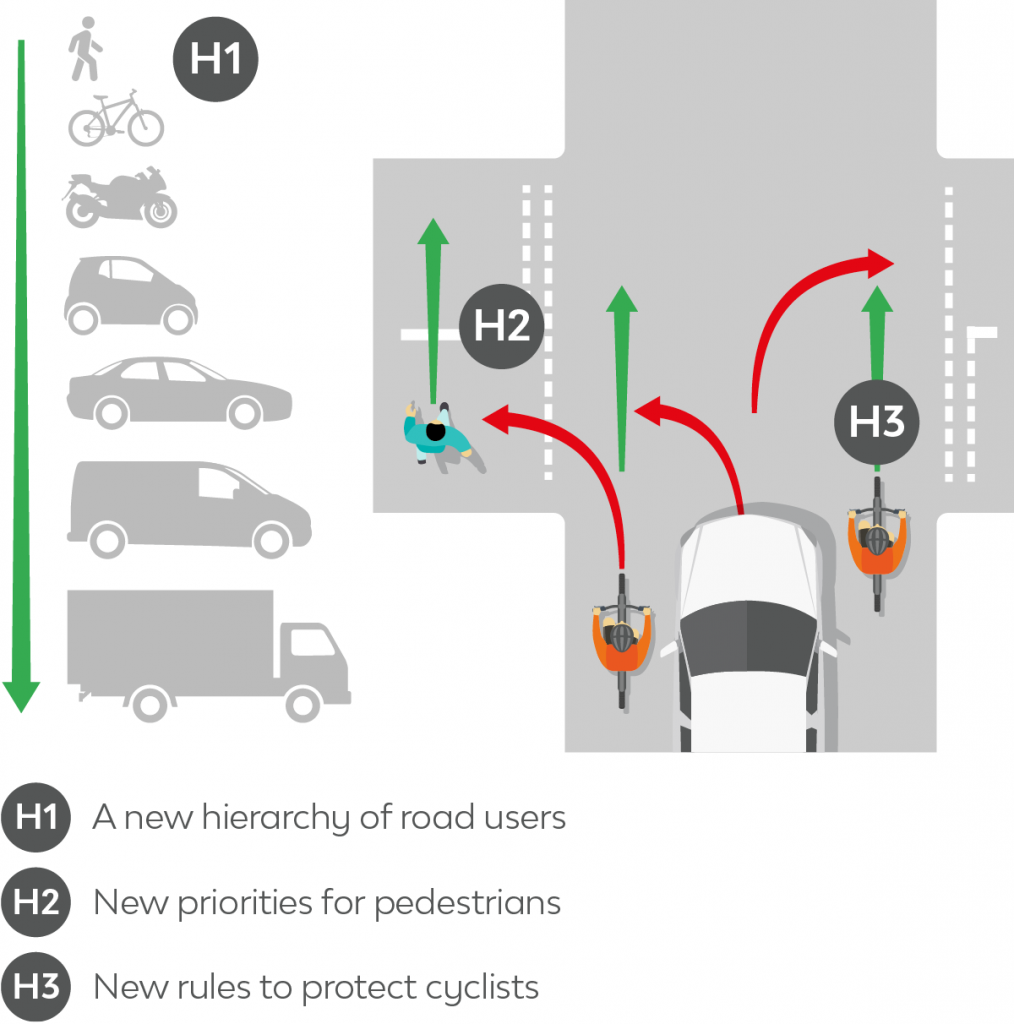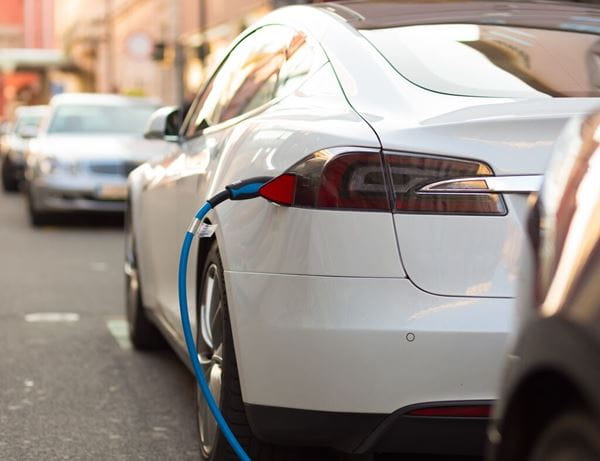
Highway Code - new rules for the road
Some major changes to the Highway Code came into effect at the end of January. Here's what you need to know.
Here are some of the key points:
 3 of the biggest Highway Code Changes[/caption]
3 of the biggest Highway Code Changes[/caption]
A new hierarchy of road users (Rule H1)
This puts the greatest responsibility for looking after other road users on those who can cause the greatest harm in a collision. In practice, this means pedestrians are the most protected, followed by cyclists and horse riders and then motorcycles, cars, vans and lorries.
New priorities for pedestrians (Rule H2)
Pedestrians waiting to cross at zebra and parallel crossings now have right of way over other road users (rather than just pedestrians who are in the process of crossing). In addition, other road users must give way to pedestrians who are waiting to cross, or already crossing, junctions that the road users are turning into or out of.
New rules to protect cyclists
Road users must give way to cyclists at parallel crossings (Rule H2), plus they cannot cut across cyclists when turning into or out of a junction, or changing lane, whether the cyclist is on the road or a cycle lane (Rule H3). This means that if a vehicle coming across their lane would cause a cyclist to stop or swerve, the driver must wait. This still applies if there is a group of cyclists. Drivers must wait for a safe gap in the flow ? even if cyclists are going past slow-moving traffic or round a roundabout.
Waiting and parking
This section of the Code has two major changes. First, drivers are encouraged to open doors with the hand on the opposite side of the body to the door (known as the 'Dutch Reach'). This naturally makes people turn their heads, so they are more likely to see anyone who is at risk of injury from the door opening. Second, anyone with an electric car needs to be aware that the cables used for public charging can create trip hazards and it's the car owner's responsibility to limit the risks.
Daily vehicle checks
The Code now stresses the value of simple maintenance checks for safety and road worthiness. This picks up on the 'walkaround checks' required for commercial vehicles.
It's worth noting that the above new rules are advisory, rather than law, so they won't directly lead to a prosecution if they are broken - but they can be used in court to establish liability if there is a collision.
There are also some other changes to be aware of:
Fines for sleepy drivers
While drivers should never drive when sleepy, the rules now require people to get 'sufficient sleep' - with unlimited fines or even jail time if they don't. Plus, anyone stopping in emergency areas or the hard shoulder to take a break could face fines and driving bans if it leads to an accident.
Stricter rules for mobile phone use
Finally, there is one change that was flagged well in advance, but is finally coming into effect. Rules are being tightened up so people using a hand-held device while driving (rather than just for calls or texts) will face a £200 fixed penalty notice and six points on their licence.
For more information please read the Review of The Highway Code to improve road safety for cyclists, pedestrians and horse riders on the UK Government's website.

.jpg?rev=3adbd558867c4d92bf9f22752f12a09c&mw=600)



